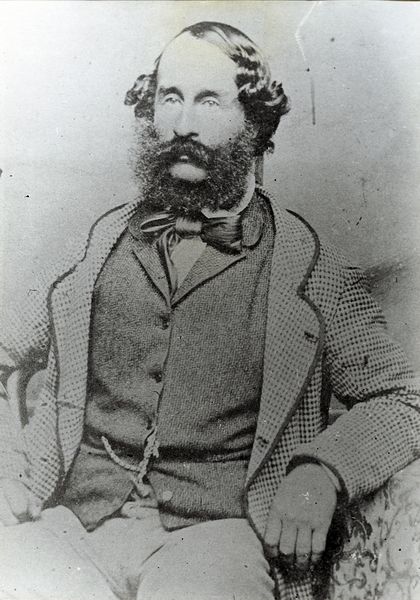
Solway Street, William Donald Drive and Solway Crescent
Before Masterton was settled it was part of the leaseholding of William Hodgson. Donald, whose Manaia Station stretched as far north as the Waipoua River. The Donald family arrived in Wellington in 1842, where W.H. Donald’s farming skills were much in demand. For a time he managed a farm at Pencarrow for W.B. Rhodes, and is said to have been the first person to shear a sheep in Wairarapa. Donald and Rhodes took up the leasehold of Manaia Station in May 1848. The Donald family was to later freehold some of the station, and later still to sell it for subdivision in the township of Masterton. This block was the triangle between South Road and High Street, and many of the names of the streets originated with the Donald family. The Donald family originated from Solway, in Northumbria, England. This origin is commemorated in Solway Crescent and Solway Street.
Pic:
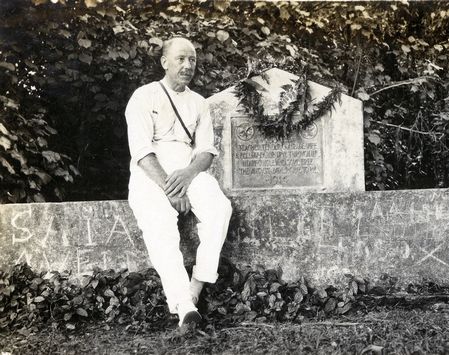
Harley Street and Vivian Street
The Donald family of 'Manaia' subdivided land between High street and South Road. The main street through the block was called Donald’s Road, after Donald Donald, W.H.’s son. This name was changed to Harley Street in 1947, to avoid confusion with another road with the same name at Westbush. Donald Donald was an inventor, and a manufacturer of agricultural implements. His two sons, Harley and Vivian, followed him into the business, and also succeeded him as members of New Zealand Rifle Teams. Harley and Vivian Streets recall these men.
Pic: Vivian Donald in Samoa
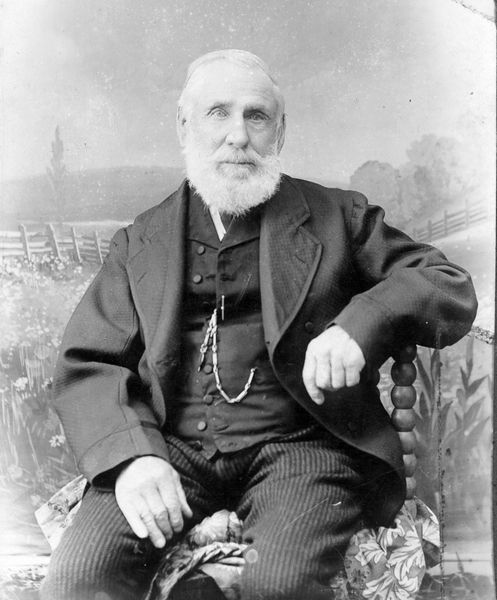
Judds Road and Bentley Street
The original Donald family homestead, Manaia, was built on land that is now part of the Copthorne Solway Park complex. The Judd brothers, John and George, sons of the early Greytown settler John Judd later purchased the property and formed a road running along the boundary of the Solway Showgrounds, in 1910. This became Judds Road.
Bentley Street is named after another of the first European settler families in the area, that of Henry and Caroline Bentley, whose farm stretched from Opaki Road, across the Waipoua River, and down past Lincoln Road. The Bentley’s section 57 was subdivided for housing in the 1880s. The southern end of Bentley Street, from Lincoln Road south, was originally called George Street, supposedly after a Mr George, a Wellington developer of the land, although Henry and Caroline Bentley did have a son named George.
Pic: Henry Bentley jumped ship to marry a girl he met on board.
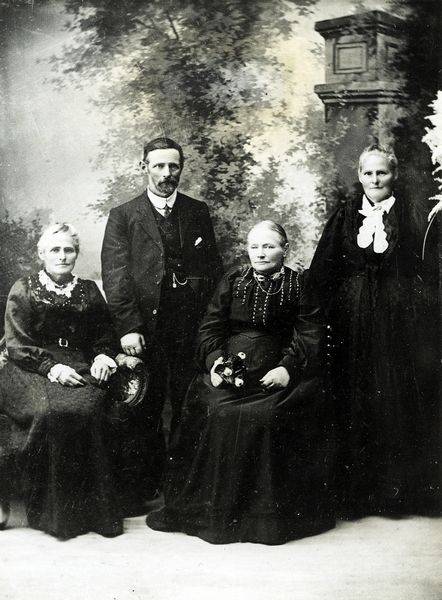
Bennington Street
A early settling family is recalled in Bennington Street. This is a small street that runs from College Street to Masters Crescent, but the name was originally used for part of what is now Cornwall Street. The Benningtons came to Masterton in 1855, taking up a bush-clad section of land, which stretched from Pownall Street to Ngaumutawa Road in the Cornwall Street area. Mr Bennington worked on Donald’s Manaia Station, where he was killed while bushfelling in 1858. The family retained their land and subdivided some of it for residential properties in 1885. The name of the street through the sub-division (Bennington Street) was changed when the rest of Cornwall Street was constructed in 1908. When the streets in the Cornwall/College Streets area were being named, the name of one of Masterton’s oldest settling families was revived.
Pic: The Bennington children, circa 1900.
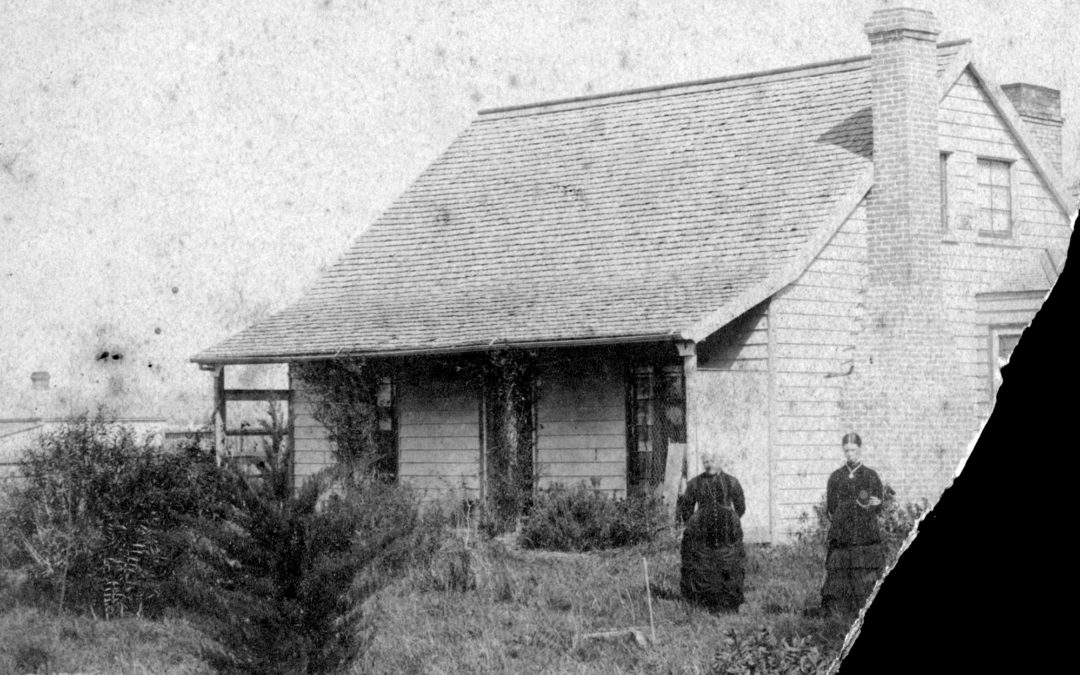
Jeans Street, Elizabeth Street, Hacker Street and Keaton Street
Miss Emma Jeans and Mrs Elizabeth Hacker were sisters who lived in close proximity to each other in Church Street. They successfully subdivided much of their land, naming the streets in their subdivisions after themselves. Jeans Street, Elizabeth Street and Hacker Street all commemorate the sisters, as does Keaton Street, Keaton being the name of Mrs Hacker’s home.
Pic: Keaton House, home of Elizabeth Hacker.
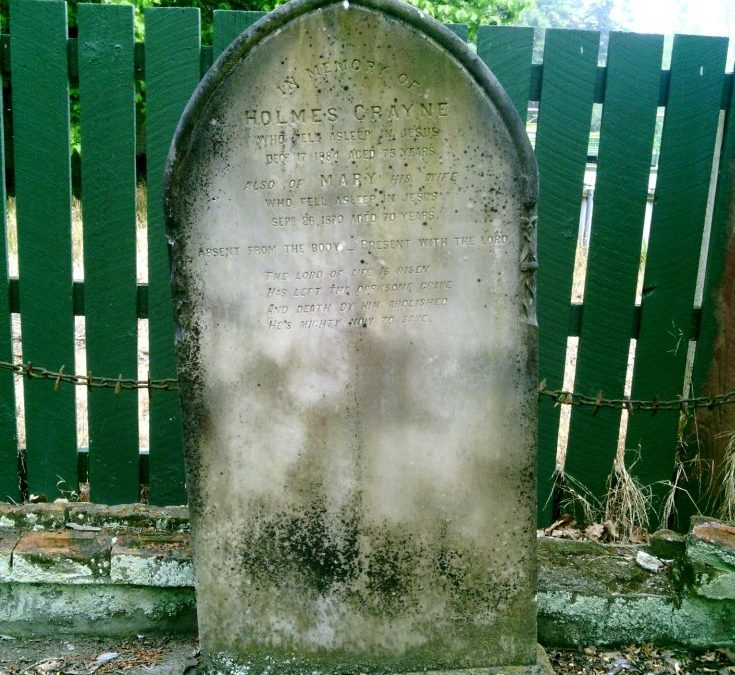
Crayne Street
The name of Masterton’s first schoolmaster is recalled in a street in Kuripuni. Holmes Crayne was the first master at the school held in a multi-purpose building in Queen Street, a building which served as schoolhouse, church and social hall. He was also the local registrar of births, deaths and marriages. A well-educated man, he served the town in a number of community posts.
Crayne Street was originally given two names – the western part of the street was known as Cannon Street (for reasons unknown as it is unlikely to have housed an armoury) but the name was gradually dropped. His nephew, Daniel Walton, took over from his uncle as registrar.
Pic:
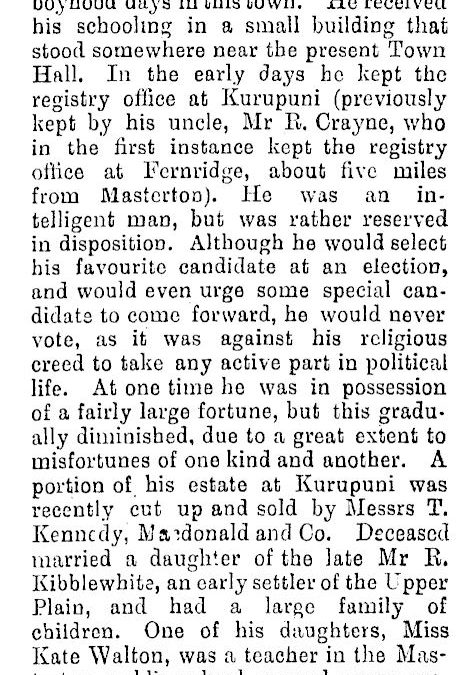
Waltons Avenue
Crayne’s nephew Daniel Walton, took over from his uncle as registrar. Walton spent most of his life in Masterton, where he married a daughter of another early settler, Richard Kibblewhite. He was a deeply religious man, taking services in the Kuripuni Hall. He was also interested in politics, and would urge people to vote for a particular candidate, although his religious convictions forbade him from voting himself.
When Kibblewhite subdivided his land on Upper Plain in 1878 he intended to name a street after Walton, but the area was bought by a farmer, and the street was never developed. Waltons Avenue, in Kuripuni, was formed shortly before Walton died in 1902.
Pic:
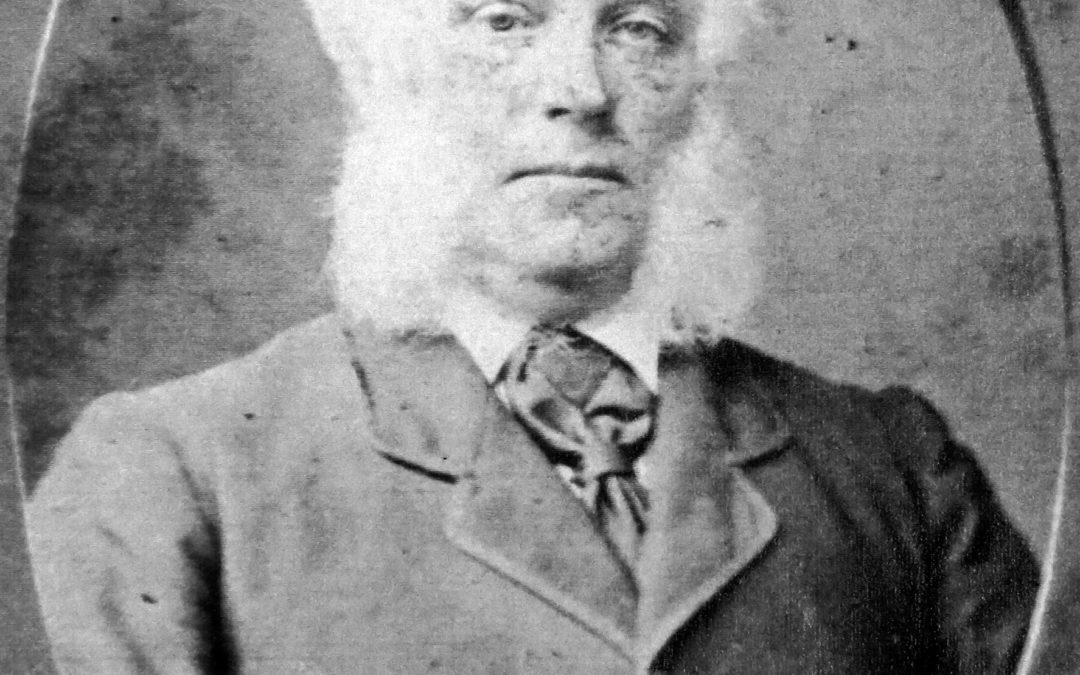
Smith Street
It is difficult to determine just exactly whom one Masterton street – Smith Street – is named for. As might be expected from such a common name, there are a number of different candidates. The favourite is John Valentine Smith, an educated Englishman who came to the southern colonies as secretary to Governor Enderby, in the unsuccessful attempt to colonise the Auckland Islands.
When the colony failed Smith made his way to New Zealand where he became a large landholder in the Tinui-Mataikona area. He also purchased the Lansdowne estate (which he named) and became active in various public bodies-primarily the Masterton Trust Lands Trust and the Masterton Highways Board. Smith was commander of the local militia and was the driving force behind the construction of the Masterton stockade in 1868.
H.H. Daniell, in an article published in Masterton in the 1950s, put forward the case for the street being named after Washington Smith, a local identity who lived in the street. Frank Fyfe, another local historian, believed it might have been named for W.H. Smith, publisher of Masterton’s first newspaper, who was also said to have lived there.
It is possible that the street was named in honour of William Mein Smith, surveyor of the township of Masterton. To add even more confusion – perhaps it was where the local blacksmith worked, or a silversmith, or a tinsmith
Pic: John Valentine Smith, early settler and M.P.
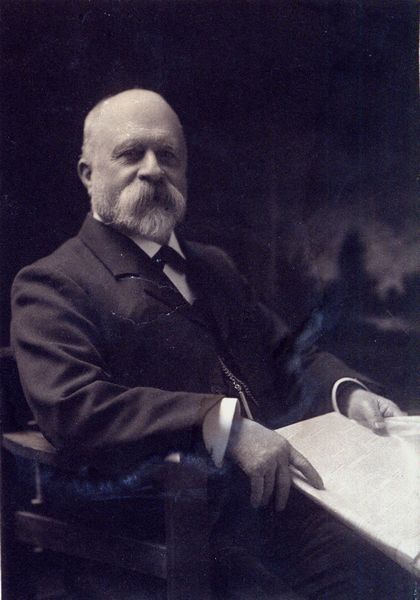
Hosking Place and Archer Street
Doctor William Hosking was the first superintendent at the Masterton Hospital when it opened in 1879. Born in Cornwall in 1843, Hosking trained in London before making his way to New Zealand in 1863. He worked as a doctor in Invercargill, but caught a dose of gold fever and he went to Hokitika to try his luck on the gold fields. He returned to medicine, and shifted to Masterton where he practised for the rest of his life.
William Hosking was not a typical Victorian country doctor. He enthusiastically espoused the use of X-Rays and radium treatment long before they were accepted as part of normal medical practise, and was also a fan of ‘Suggestive Therapy’ – hypnotism.
He served as a foundation member of the Masterton Park Trust, and was always interested in horticultural matters. He is remembered in Hosking Place, and his first wife, Christina Sloan Archer, is remembered in Archer Street. which runs through part of the land the Hosking family owned in Church Street.
One of their sons, Archer, was another local doctor and also a superintendent of Masterton Hospital for many years. He also caught a dose of gold fever, travelling to the Klondike to try his luck in 1897.
Pic: the legendary Doctor William Hosking.









